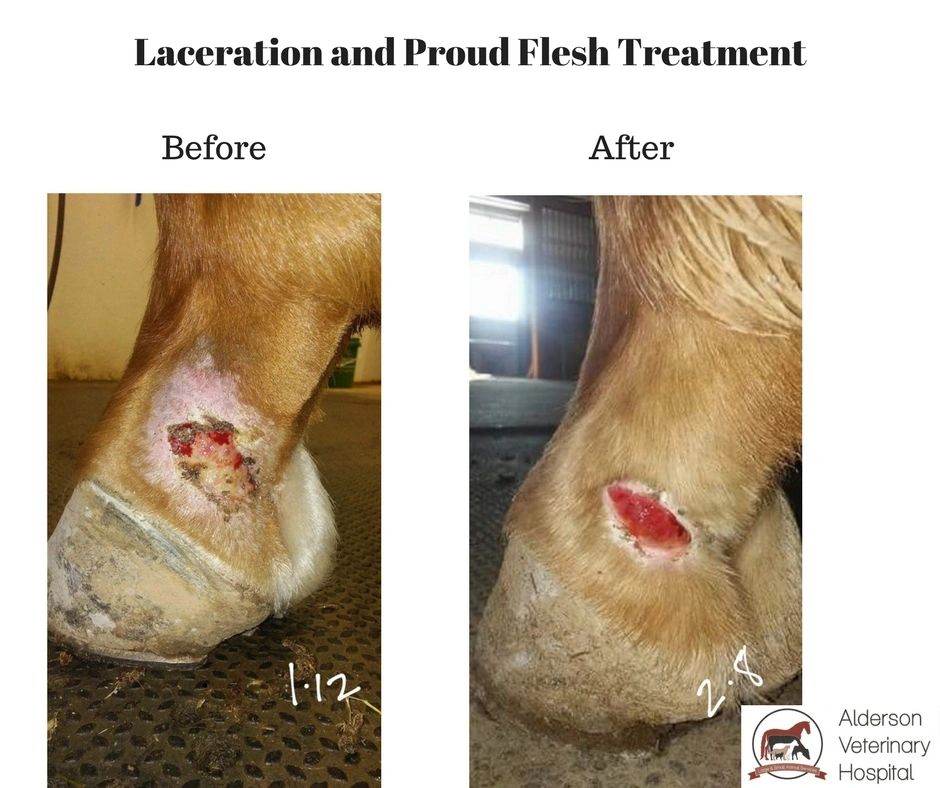Equine Therapy for Injury Healing: How Equines Help Heal Emotional Wounds
Equine Therapy for Injury Healing: How Equines Help Heal Emotional Wounds
Blog Article
Assessing the Performance of Laser Treatment in Equine Treatment for Injury Rehabilitation
The evaluation of laser therapy's efficiency in equine injury rehabilitation pivots on multiple aspects, including healing time, discomfort mitigation, and tissue regrowth. Vets frequently observe exceptional results with laser treatment contrasted to conventional methods, positioning it as an essential component in equine treatment.
Comprehending Laser Therapy
Laser therapy has come to be a crucial device in veterinary medicine, particularly in the therapy of equine problems. Understood for its non-invasive nature and efficacy, laser treatment includes the application of particular wavelengths of light to stimulate cells repair service and minimize inflammation. This healing method is progressively favored for its capacity to speed up the healing procedure in steeds experiencing from a variety of musculoskeletal injuries and persistent conditions.
The primary system behind laser treatment is its ability to improve mobile features. Additionally, laser treatment advertises vasodilation, improving blood flow and oxygen shipment to broken tissues, hence accelerating recuperation.
In equine medicine, laser treatment is particularly beneficial for conditions such as tendonitis, osteo arthritis, and wound healing. The method is admired for its pain-relieving properties, allowing equines to reclaim movement and feature more rapidly. Vets likewise appreciate its minimal side impacts contrasted to various other therapy techniques, making it a trustworthy and secure alternative for equine care.

Exactly How Laser Therapy Works

Upon absorption, these photons set off a collection of biochemical adjustments, improving mitochondrial function and leading to raised adenosine triphosphate (ATP) production. This rise in ATP increases cellular metabolism, advertising tissue repair work and regrowth. Furthermore, laser therapy regulates inflammatory actions by affecting cytokine levels and lowering oxidative anxiety, consequently alleviating pain and swelling.
Another substantial facet of laser therapy is its role in boosting microcirculation. The therapy advertises vasodilation, enhancing blood flow and oxygen distribution to damaged cells (Equine Therapy). This assists in the removal of mobile particles and supports the spreading of fibroblasts and collagen synthesis, critical for injury recovery
Scientific Proof
The effectiveness of laser therapy in equine therapy has been corroborated through numerous medical studies, showcasing its healing possible across a variety of conditions. Numerous controlled tests and observational researches have documented significant enhancements in cells repair work, discomfort decrease, and overall recovery timelines. A study performed by Turner et al. (2012) demonstrated that equines treated with low-level laser treatment (LLLT) for tendon injuries displayed increased recovery contrasted review to those receiving traditional therapies. The research highlighted a marked reduction in swelling and enhanced collagen formation.
Similarly, research by Johnson and associates (2015) concentrated on equine muscle mass injuries, disclosing that laser therapy significantly accelerated muscle check here mass fiber regrowth and minimized muscle stiffness. Medical analyses have revealed that laser treatment can relieve chronic problems such as osteoarthritis.
Veterinarian Insights

Veterinarians additionally appreciate the adaptability of laser treatment. She aims out that laser therapy can be tailored to the details demands of each steed, making sure ideal outcomes.
Moreover, vets value the ability to integrate laser treatment with other therapy methods. This multimodal method can improve total therapy efficacy, offering a comprehensive service for equine rehab. Such recommendations from skilled professionals highlight the growing acceptance and application of laser therapy in equine medicine.
Practical Considerations
A vital facet of applying laser treatment in equine therapy entails comprehending the sensible factors to consider that ensure its efficacy and safety. It is essential to pick learn the facts here now the ideal laser tool, as various types differ in wavelength, power, and penetration deepness. Veterinarians should be skilled in these specifications to customize treatment methods properly to each injury type
Additionally, the frequency and duration of laser treatment sessions need careful preparation to optimize healing advantages while decreasing any kind of potential adverse impacts. Regular tracking of the horse's response to therapy can guide needed changes in the treatment regimen. Establishing a secure and controlled atmosphere during therapies is additionally necessary to stop unintended exposure to laser exhausts, which could hurt both the steed and the handler.
Educating and certification of employees administering laser treatment are extremely important to make certain correct strategy and to copyright security requirements. Additionally, preserving accurate documents of each session, consisting of laser settings and observed results, is crucial for evaluating the general efficiency of the treatment and for making data-driven decisions.
Verdict
Laser therapy has actually arised as a reliable modality in equine injury rehab, supplying considerable advantages in recuperation time, pain relief, and cells recovery. For ideal results, continual monitoring and individualized treatment protocols remain essential in leveraging the full possibility of laser therapy in equine care.
Report this page